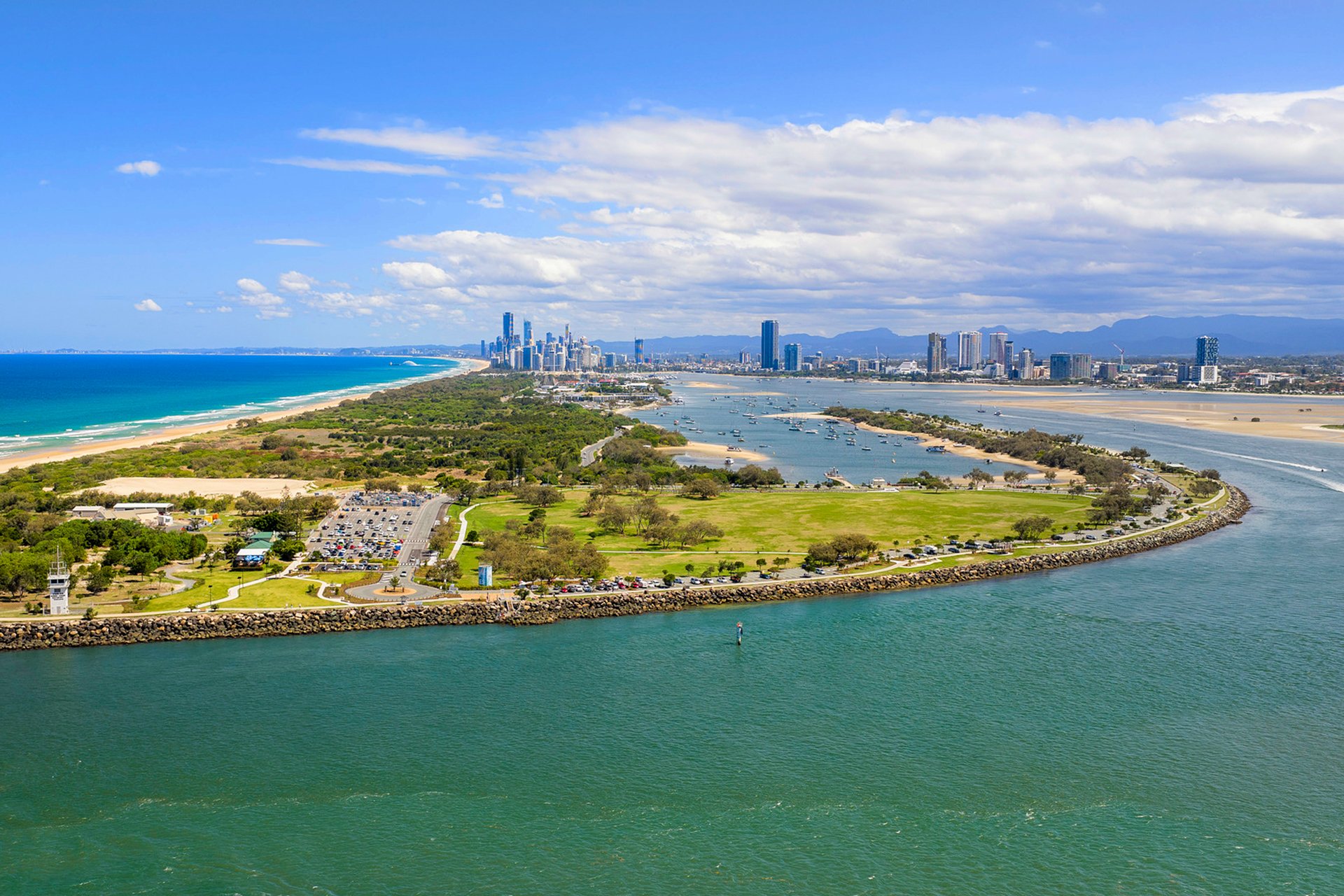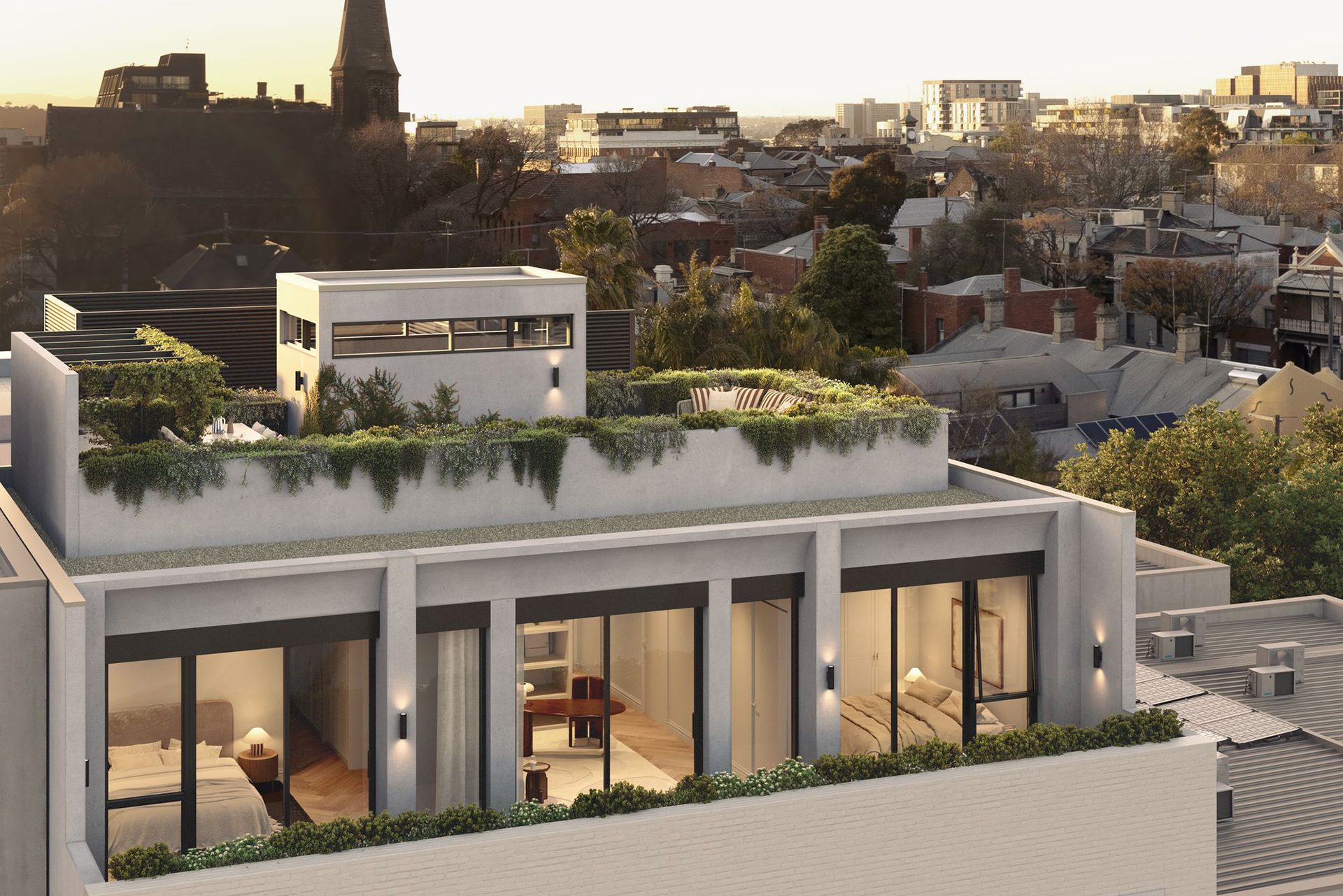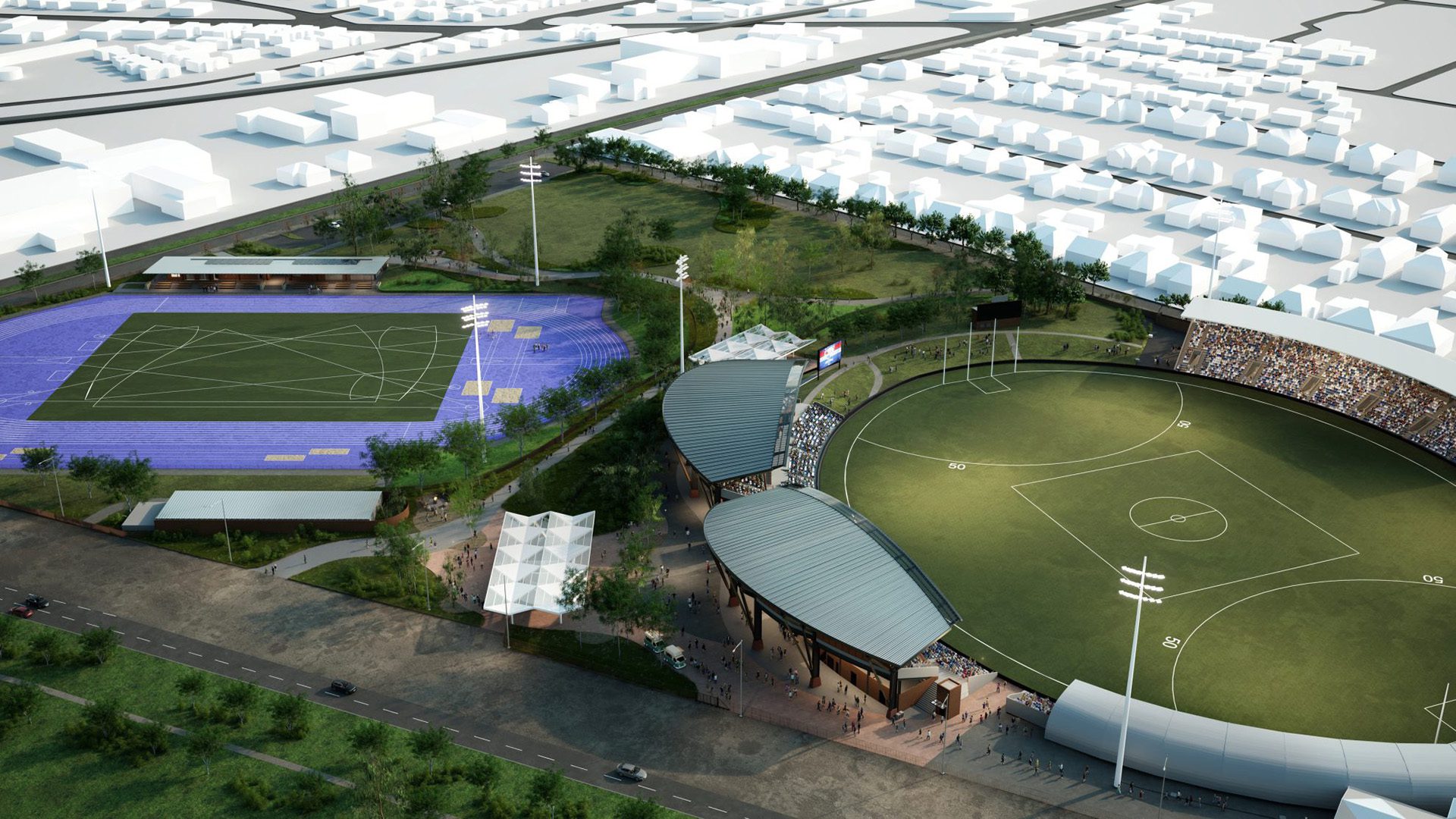Client
Bundaberg Regional Council
Washpool Creek Master Plan
Collaborators
E2 Design Lab
Turner & Townsend
Disciplines
Landscape Architecture
Media
Location
Bundaberg, QLD
Date
2023
Imagery
Tract
Awards
2025 AILA National Landscape Architecture Award – Landscape Planning
2025 AILA Award of Excellence – Landscape Planning (QLD)
2025 AILA Climate Positive Award (QLD)
2025 AILA Regional Achievement Award (QLD)
2025 AILA Shadesmart Award (QLD)
2024 Stormwater Queensland – Highly Commended – Excellence in Strategic or Master Planning
The Washpool Creek Master Plan sets out a clear vision for the transformation of the Washpool Creek Catchment over the next 30 years. It is a resource which champions exemplary urban design outcomes that are underpinned by technical stormwater engineering.

Urban development in the mid-late 20th century saw Washpool Creek and it’s tributaries channelised in an effort to maximise flood water conveyancing and urban development. As the existing concrete channels approached their ‘end of life’, Tract were engaged to develop a master plan for the catchment to not only address the ageing stormwater infrastructure, but to deliver a document that sets out a holistic vision for a more sustainable, adaptable and resilient catchment.

The document sets the vision and principles that will guide Council in their preparation to reduce the impact of future flooding and other extreme weather events within the catchment. As our climate continues to change, the Washpool Creek Master Plan will guide the emergence of a more resilient and adaptable catchment, for generations to come.


The trusted relationships we built with both Council and the key stakeholders (including the community and Indigenous groups) has led to our direct re-engagement to develop one of the identified ‘priority projects’ of the Master Plan through to Concept Design.
Key to the success of this project were the voices that contributed to it. Tract facilitated a series of in-person and online community engagement exercises with Traditional Custodian groups, stakeholders, and the broader community,
leading to a deeper understanding of the catchment and the community’s experiences, challenges and desired outcomes. The result is a master plan that is concise, graphically engaging and easily understood by the broader community.
The latest

Doug Jennings Park Revitalisation

227 Napier Street
